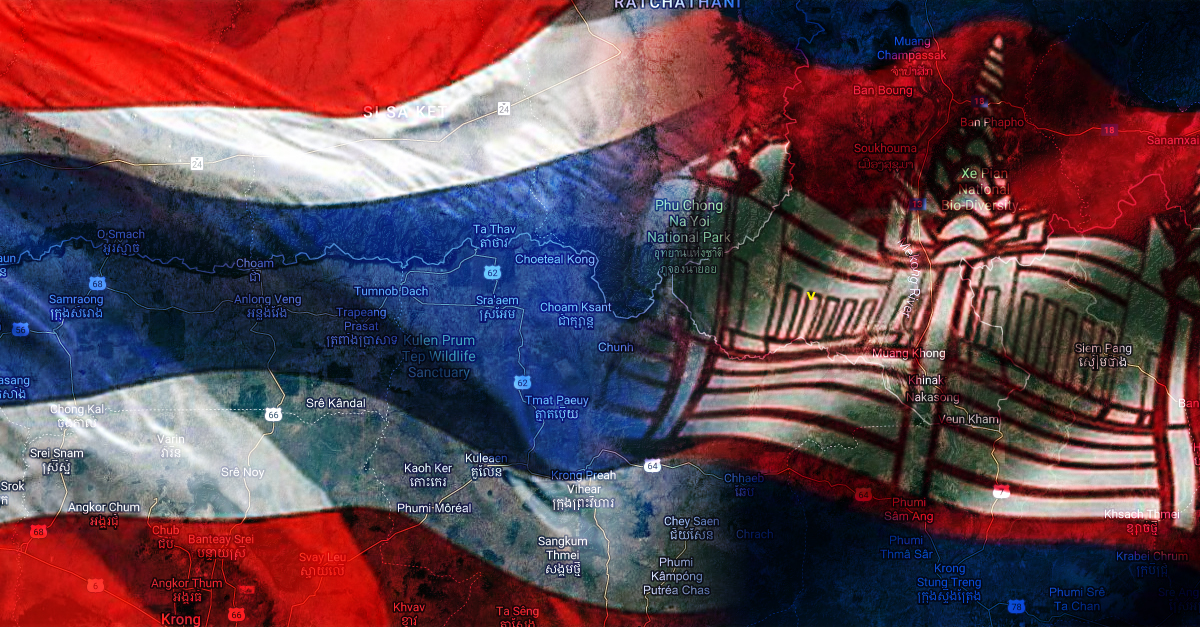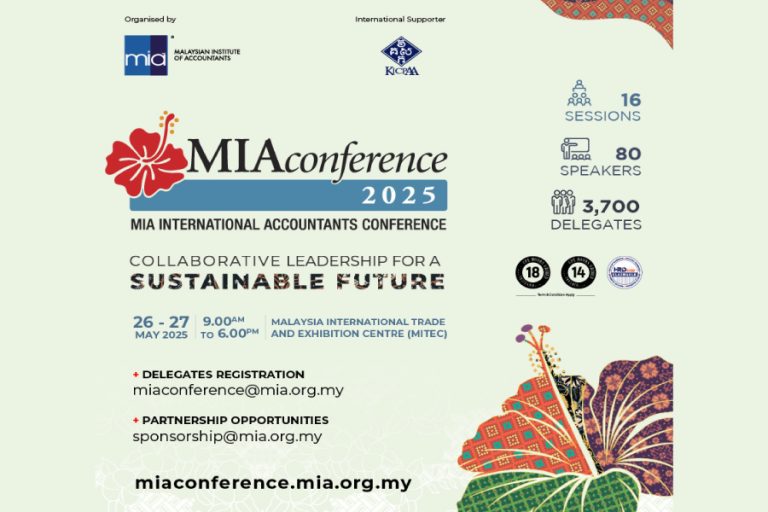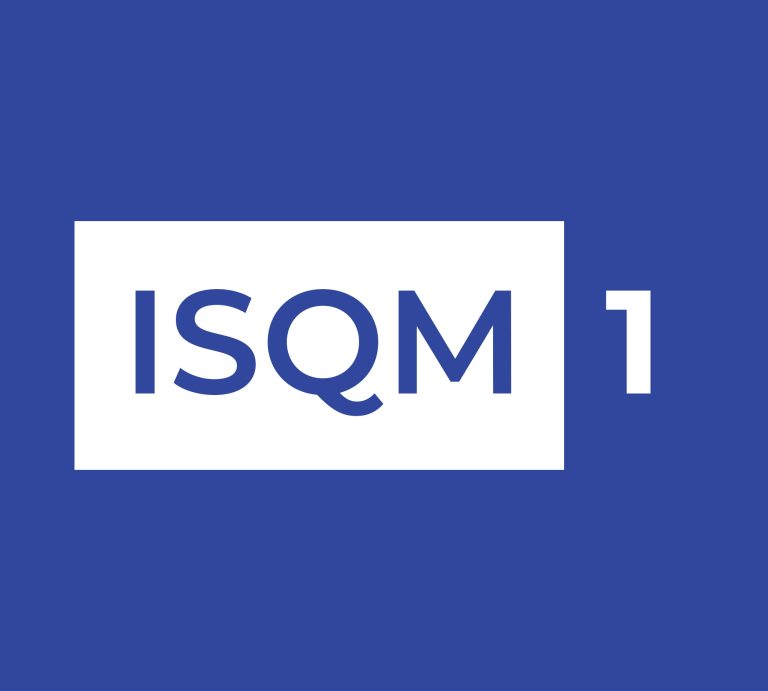🌏 ASEAN 2025 Summit: Thailand–Cambodia Ceasefire Marks Step Toward Regional Stability — with Global Eyes Watching
Kuala Lumpur, October 2025 — The ASEAN Summit this week saw a significant diplomatic breakthrough as Thailand and Cambodia agreed to a ceasefire after months of escalating border tensions. The accord, which aims to restore calm along disputed areas and reopen key trade routes, was widely welcomed across the region — and notably received praise from former U.S. President Donald Trump, who said he was “looking forward” to its success.
This development signals more than a local truce; it underscores ASEAN’s evolving role as a regional stabilizer amid shifting global dynamics and rising geopolitical pressures.
Singapore Reinforces Its Standing as the World’s 3rd Largest FX Trading Hub
⚔️ The Background: Tensions and Mediation
Border clashes between Thailand and Cambodia have simmered for years, primarily around contested zones near Preah Vihear Temple and adjacent resource-rich areas. In 2025, tensions flared again following reports of troop mobilizations and restricted cross-border trade.
ASEAN, under Malaysia’s rotating chairmanship, stepped in to mediate direct talks between the two sides. The ceasefire framework includes commitments to:
-
Withdraw troops from sensitive zones;
-
Reopen cross-border checkpoints for trade and humanitarian aid; and
-
Establish a joint border security and economic cooperation council.
Furthermore, international leaders — including the U.S. and China — have expressed support for ASEAN’s proactive diplomacy. Trump’s comment, made during a press briefing in Washington, signaled renewed American interest in Southeast Asian stability amid rising influence from Beijing.
🌐 Broader Geopolitical Implications
1️⃣ Strengthened ASEAN Credibility
The ceasefire showcases ASEAN’s capacity to act collectively in resolving intra-regional conflicts. Historically criticized for its consensus-based approach, ASEAN has now demonstrated it can mediate sensitive security issues without external intervention.
Countdown to COP30 2025: What ASEAN Businesses Must Prepare For
2️⃣ Economic and Trade Repercussions
Peace between Thailand and Cambodia will likely reopen overland trade routes, benefiting logistics, agriculture, and tourism sectors. Businesses along the Mekong corridor could see renewed investment and growth opportunities.
Moreover, the move strengthens investor confidence in regional political stability, a key prerequisite for sustained economic growth and cross-border projects under frameworks like the Regional Comprehensive Economic Partnership (RCEP).
3️⃣ U.S. Re-Engagement in Southeast Asia
Trump’s remarks, though informal, may signal a broader U.S. intent to reassert diplomatic presence in the Indo-Pacific. As global powers compete for influence, ASEAN’s stability remains crucial to maintaining balance and open trade channels.
4️⃣ Implications for Regional Firms
For businesses operating in the region — particularly in logistics, banking, and infrastructure — reduced geopolitical risk translates into lower operational uncertainty and stronger investor sentiment. Advisory firms like USAFE can play a role in assessing post-conflict investment readiness and regulatory implications.
🧭 Strategic Takeaways for Businesses
-
Monitor Cross-Border Developments: Reopened trade routes could present short-term opportunities for logistics and commodity exporters.
-
Assess Political Risk Exposure: Investors should continue tracking ASEAN’s evolving diplomatic posture, particularly regarding border security and regional stability.
-
Engage in Regional Partnerships: Firms that align early with ASEAN initiatives on trade, sustainability, and digital cooperation will benefit from policy tailwinds.
-
Stay ESG-Aligned: Peacebuilding and regional cooperation now tie directly to ESG and sustainability narratives — increasingly valued by global investors.
💬 Conclusion
The Thailand–Cambodia ceasefire represents more than a diplomatic success; it’s a renewal of ASEAN’s central role in regional stability. With global powers watching closely and businesses poised to benefit from a calmer environment, the message is clear — peace and economic cooperation remain Southeast Asia’s most valuable assets.
As global interest returns to the region, firms that understand and adapt to these dynamics will stand at the forefront of the next growth wave in ASEAN.




